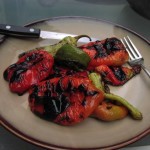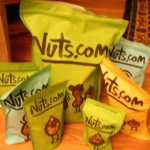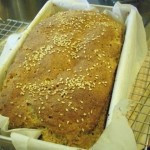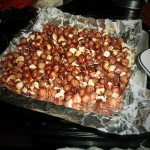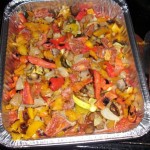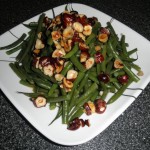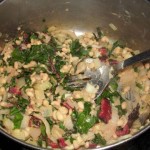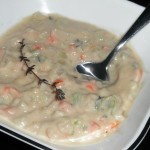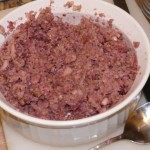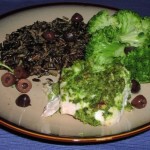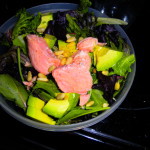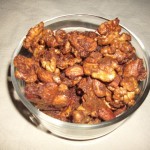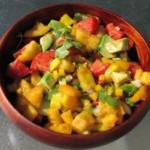How did the summer fly by so quickly? As we head back to school or work, it’s a great time to think about re-vamping your gluten-free breakfast. We’ve all heard it—breakfast is the most important meal of the day, and gets us off to a good start. We need energy to study, work, and play! Many studies have shown improvements in concentration and learning for children who eat breakfast, and starting the day with a healthy breakfast helps adults, too. There are great options from both the regular grocery store and specialty products.
Some of the best choices:
- Greek yogurt is a great source of protein. Add in some berries and sprinkle in a spoon or two of ground flax seed or chia (Salba) to get in a little extra fiber.
- Get creative with eggs: scrambled eggs, omelets, huevos rancheros, an egg bake, a crustless quiche, or even hard-boiled for an inexpensive, high protein on-the-go breakfast. Add in veggies with the eggs for a more filling breakfast with more antioxidants and fiber. Research is
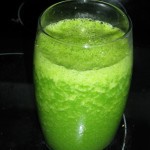 clear that an egg a day won’t negatively affect our risk of heart disease. Of course, egg whites are always an option, too.
clear that an egg a day won’t negatively affect our risk of heart disease. Of course, egg whites are always an option, too. - Smoothies are also a great way to get in some additional fruit in your diet, and most kids enjoy them, too. Just make sure to get some protein, from Greek yogurt, protein powder or even tofu. Bonus points for throwing in a handful of spinach!
- Don’t forget old standbys, like cottage cheese or ricotta cheese and fruit, gluten-free free range sausages, grits, etc.
- As far as cold cereals go, nutritionally, Crunchy Flax, Whole O’s and Mesa Sunrise are among the best options because all are great sources of whole grains and fiber. Van’s has a new gluten-free cereal line as well.
- KIND now has Whole Grain Clusters that are tasty and some protein and fiber, too.
Looking ahead to chilly mornings, hot cereals are a great way to start the day with fiber and whole grains. Most gluten-free grains cook up nicely as hot cereals. In terms of taste, my personal favorite is millet, but kasha (buckwheat), quinoa flakes, amaranth, teff, etc. work well, too. It’s easy to make a big pot and have them all week long. Bob’s Red Mill has a few nice options, like Mighty Tasty Hot Cereal. Don’t forget about certified gluten-free oatmeal, which can be found at specialty stores or online.
You can also think beyond usual breakfast foods for a change of pace. Soups or any kind of leftovers work well, and you’re only limited by your imagination!
News:
- Here’s my article from this month’s issue of Today’s dietitian on Growing up gluten-free with tips for children and school time.
- If you missed it, here’s a re-cap of the new gluten-free labeling regulations
- A great article on the gluten-free status of spices from Tricia Thompson, MS, RD. I’d highly recommend her program, Gluten-Free Watchdog.
- My good friend Carrie Forbes just published the “Everything Gluten-Free Baking Cookbook”. Carrie’s recipes are amazing; even my gluten-eating friends prefer her recipes over the “real stuff”
- Like to keep up with gluten-free research? Follow me on Twitter
@CherylharrisRD or on FB http://www.facebook.com/HarrisWholeHealth
Recipe:
Since we’re on the topic of breakfasts, Cinnamon Apple Millet is a long-time favorite. Millet is a tasty whole grain which has a beneficial impact on triglycerides and inflammation. BUT, if you do have thyroid problems, millet ideally isn’t an every day food because it has the potential to affect thyroid function.
Harris Whole Health offers individual sessions, family sessions and group classes to help people eat healthier and feel better! Cheryl works with people to feel and look their best with a range of specialties, including Celiac Disease, food allergies, pregnancy, breastfeeding, vegetarian and vegan diets, preventing diseases and “whole foods” eating. Let’s get you on your way to achieving your goals. For an appointment with Cheryl Harris, Registered Dietitian and Nutritionist, please click here, email or call 571-271-8742.

